Instagram Spotlight: Storyboard Revisionist Olly Blake
- Behind the Scenes
- Posted by Eoghan.Lynch on January 21 2019
Share Tweet
Looking for some creative artist accounts to follow on Instagram? Don't worry, we've got you covered! This month we chatted with Storyboard Revisionist Olly Blake based in our Dublin studio who's got an account we had to scroll through. Olly started his creative journey as an illustrator back in 2010 and has since progressed into in the animation industry.
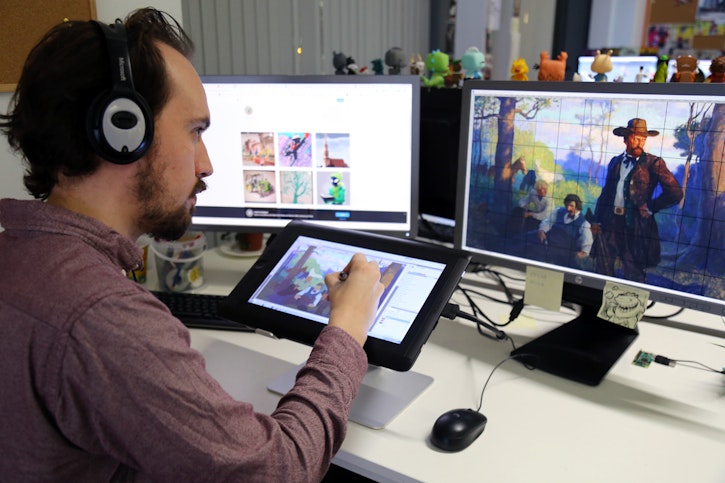
As an illustrator and animator, Olly finds telling convincing stories the most compelling aspect of his work.
I work digitally and traditionally mainly doing storyboards, 2d frame by frame animation, and doing watercolour illustration.
You can find his work on his Instagram at @bollyogs.
There's a terrific mixture of digital and traditional artwork, doodles and details and lots of fun explorations! We had a nose around and picked out some of our favourite pieces to chat with him about.
Tell us a little about yourself?
I am a storyboard revisionist. I have a passion for drawing and very much enjoy doing that every day. Fortunately, I have a job that allows me to do so.
I also enjoy the technical aspect of working with stories, using drawing for 3D and using cinematic language. With children’s cartoons, the stories have more of a message and some wisdom being communicated to the viewer, so I hope that through the storyboarding I do, I help convey that message.
When I'm at home I like to do things that are less computer-based, so I relax by drawing in my sketchbook and painting watercolours.
What's your role in the studio involve?
I work on revisions, which are notes that the director has for the storyboards, typically from an external storyboard artist. I work closely with the director on episodes for a specific show to make sure the director's vision is a part of that episode. Fixes I do on the storyboard help communicate the message that the writing team has come up with.
Storyboards are the first step in turning a script into visual imagery, they show what the episode will look like with camera angles, characters, and sets etc. We pass on our changes to the editing team who then create an animatic.

What drew you to animation?
I have always been interested in animation since I was a kid! Unfortunately, when I left school there weren’t many opportunities for work in the industry. Sullivan Bluth had been closed down for a while and animation studios would have been very scarce on the ground.
I decided to focus more on illustration and hoped to become an illustrator. I studied visual communications in college and learned the skills of storytelling through children’s books. Opportunities to work on important children’s animation became far greater in Dublin a few years later so I decided to pursue my original passion at this point - animation!

What artists inspire you and your work?
Bill Watterson, Quentin Blake, Stan Lee, Frank Miller, and comics would have been early influences. When I was illustrating I was interested in picture book illustrators such as Oliver Jeffers, Jon Klassen, Sven Nordqvist.
Recently, I have been very inspired by the artwork of animators like Chris Sasaki, Roy Santua, Mateusz Urbanowicz and Sylvain Marc. I really like the French style of animation.
How would you describe your own artwork?
It is a mixture of my paintings, digital artwork and sometimes my sketchbook.
Can you give us the story behind this image?
Ha! that was when I went to visit my animation friends in Cologne, I went on a cold January and was introduced to their first rented studio, they had just started their company 'Studio Huckepack'. We didn't have much money at the time but had spied a dolls house in a vintage second-hand shop and got the idea in our minds that it would be awesome to animate with that thing. We haggled with the shop owner and split the cost. Then we used my friend's kitchen to create a free-form stop-motion animation using the house as a stage and the tiny furniture as the characters. If Friedrich is reading this then he better post the animation online!
... and this one?
So this was commissioned concept artwork for a friend's short animated film. It is still in development and I can't say much else about the premise. It is part of a series of concepts for the set, which is in an apartment. The piano plays an important role in the story and I wanted to create a space that would look nice with a piano.
The series of concepts included styles of apartments at different grades of price. The owners might be well off or could be very poor. I didn't have a lot of time to spend on these so I kept them simple.
Do you curate what you post on your Instagram? Or do you see it as just a space to be creative?
I use it as a platform to show my progression as an artist with studies I've come up with. I sometimes enter challenges, such as the Brown Bag Art Jam and post that. I still have my old artwork on my Instagram to see my own improvements. Otherwise, I usually keep personal life away from it and just post my artwork.
How do you develop your work and skillset and what motivates you to do so?
I develop my skills by making little studies for myself constantly. I focus on learning how to draw specific things, such as light and shadow, gesture, form and shape design. I picked up watercolours so I could learn how to use colour. With watercolour, there's a different way of thinking to line drawing, you have to concentrate more on colour shapes and overlapping them.
But to answer your question, what motivates me, is that everyone around me in work is really good at what they do and I want to keep up. I have so much to learn and learning is more pleasurable than the final thing for me right now.
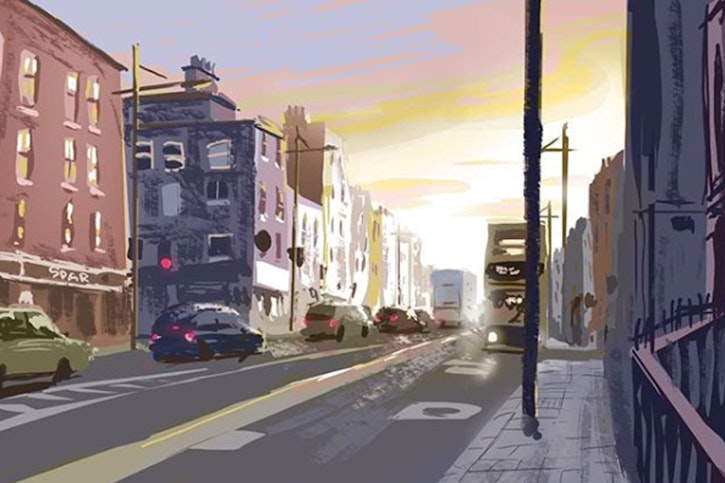
You post a lot of traditional work on your Instagram, what is your process in transferring to digital?
I don’t start a digital drawing by doing it traditionally and then transferring it to digital, however, I might do some sketches first before starting into a digital painting in order to work on the idea. The computer allows me to make as many mistakes as I wish, which happens a lot of the time! I like mistakes though and often incorporate them into my work in some way. This gives the artwork more character.
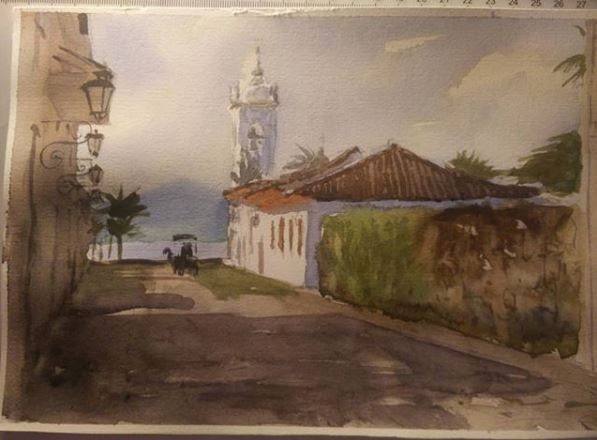
What tools do you use and what is your favourite?
When I am working on storyboards I use Storyboard Pro. It is very good and it's great having a timeline to view how all the shots are working together.
I use Photoshop with Krita and watercolours for my personal work.
Sometimes I like to do frame by frame animation in Storyboard Pro even though it isn’t designed for that!
Use what you have is my philosophy.
How do you approach a personal project and is this very different than your professional approach?
When I’m in work I am focused on mostly giving characters strong poses and selling their emotions. I am very interested in doing this in smaller movements and having more subtle moments which draw the viewer in. My personal work is mostly study, so it can be kind of random in its approach. I might be doing a study of a master painter or a landscape or I might just draw to relax.

What are your aspirations for the future?
I hope to be more involved in the story process, perhaps doing more storyboard work for different shows. I want to learn as much as possible and become an all-around gifted storyteller. I would really like to do more in comics as well and maybe do a watercolour comic book.
Be sure to check out more from Olly at @bollyogs!
Eoghan.Lynch
We Love Animation®
Brown Bag Labs is an exciting online space, brought to you by Brown Bag Films. We share great content for families as well as behind the scenes fun and tutorials from the Brown Bag Films team.



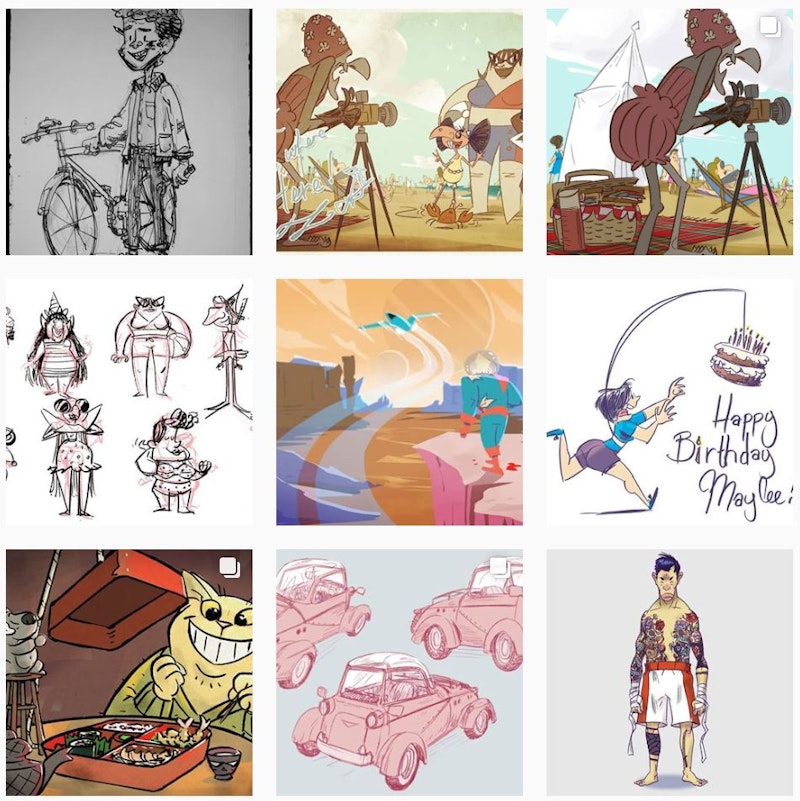
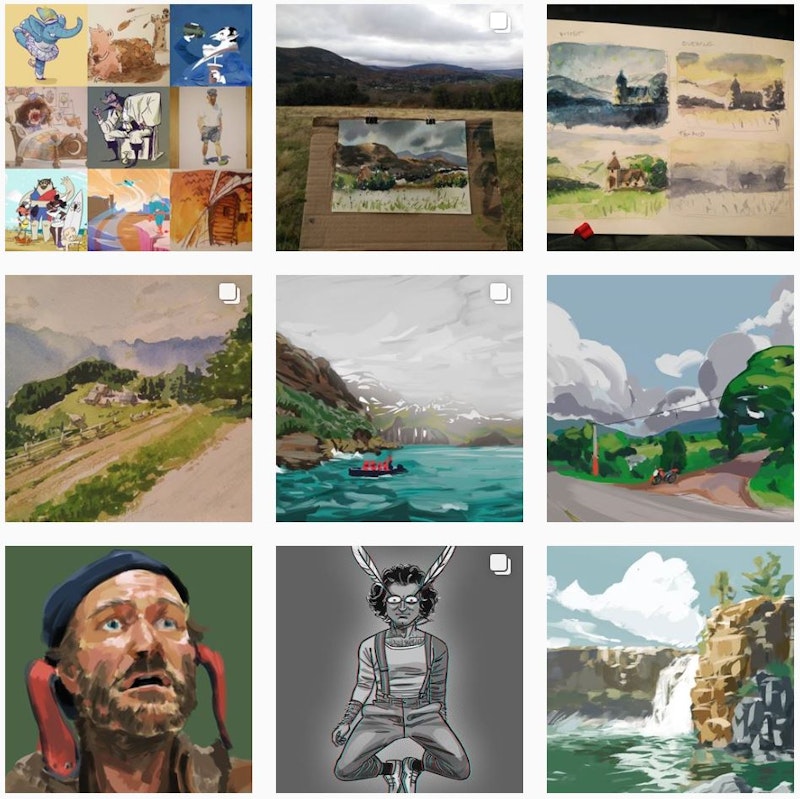
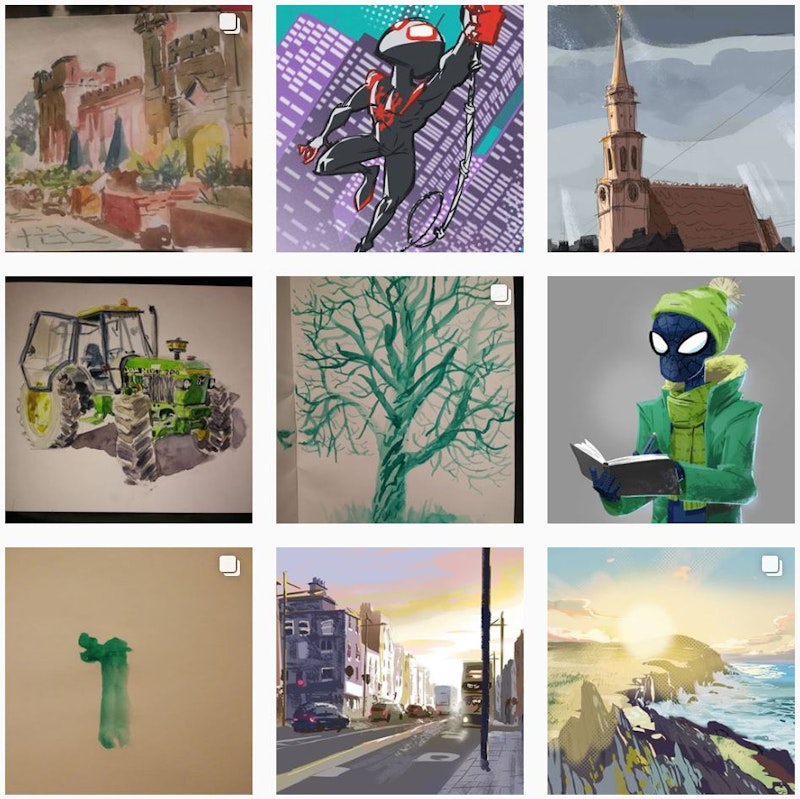
Get our great newsletter!
Get our great newsletter!